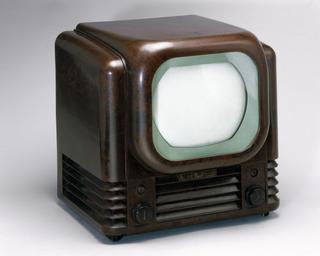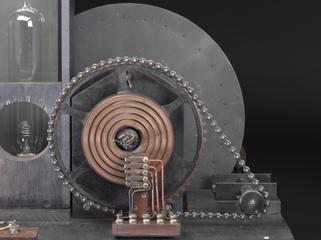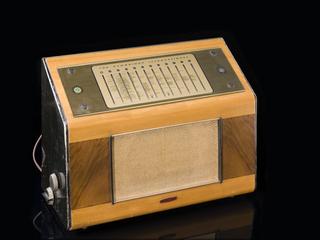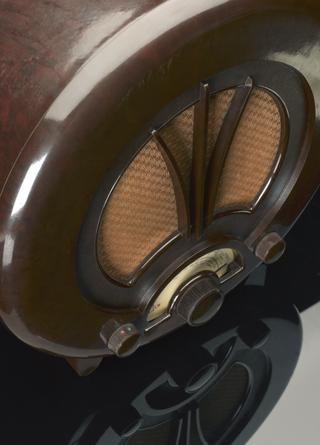
Two-valve short wave radio - telephonic receiver, 1927
- Made:
- 1927 in Walton-on-Thames










Two-valve, short wave radio - telephonic receiver, made for the Science Museum by Frederick H Walker, Walton-on-Thames, Surrey, England, 1927
Two-valve, short wave radio-telephonic receiver, made for the Science Museum by Frederick H Walker, Walton-on-Thames, Surrey, England, 1927.
This radio receiver was built by Frederick H Walker, a sound recording engineer who broadcast using the call sign G4TX. He used a similar set when he became the first amateur radio enthusiast to receive signals from Australia in November 1924. He subsequently wrote to the Science Museum in 1927, offering to build a replica to add to the Museum's collection, which at that point contained no example of amateur short wave radio equipment. In 1977, Mr Walker retested the receiver, and found that is still gave clear results.
Details
- Category:
- Radio Communication
- Object Number:
- 1927-125
- Materials:
- wood (unidentified), glass, plastic (unidentified), textile, paper (fibre product), copper (alloy) and metal (unknown)
- Measurements:
-
overall: 200 mm x 450 mm x 350 mm, 3.65 kg
- type:
- radio receiver
- credit:
- Donated by F Walker




